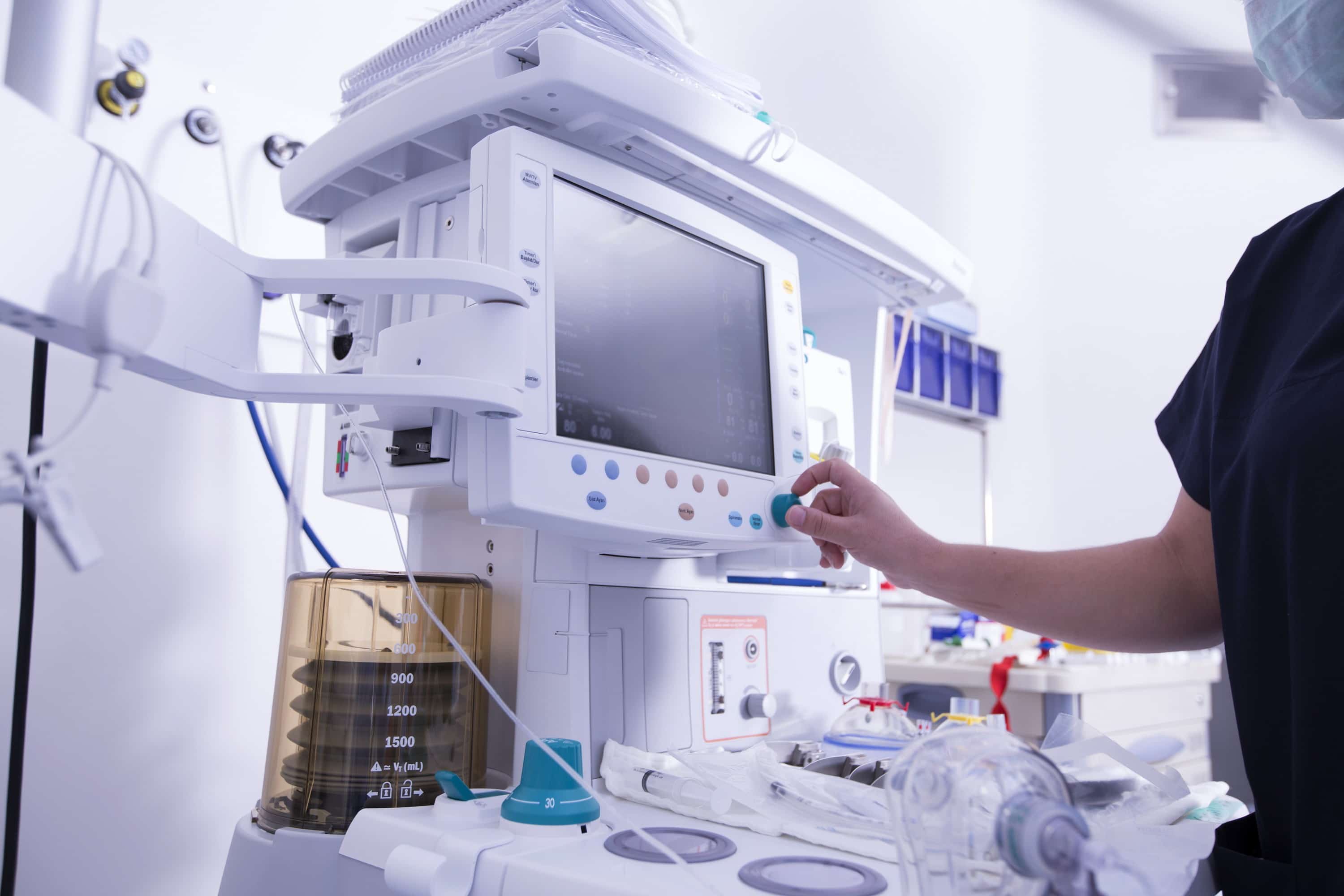
In the United States healthcare system, the availability of digital medical data has created new opportunities for improving patient outcomes and quality of care. Healthcare systems have long collected data on patients undergoing surgery. However, pre-digitization, there was no method for compiling or storing a set of universal data. Historically, medical records were hand-written by the healthcare providers and placed in the patient’s file for storage. Policies dictated that these files were to be destroyed after a set amount of time. A valuable opportunity to identify trends in patient care and outcomes using consolidated data was lost to these practices. The internet, electronic medical records (EMRs), and quantitative clinical research have each played an important role in improving the delivery of healthcare. In the modern age of surgery and anesthesia care, data is a powerful tool to increase the efficacy of procedures and improve outcomes for all patients.
In clinics, private practices, and large-scale medical centers across the country, EMRs have become the routine method for registering patients into the healthcare system. Beyond utilization as a central resource for scheduling and patient care coordination, EMRs are also valuable as a repository for capturing patient data.[1] Most EMR systems today can be tailored to align with the data capture priorities of specific health systems. When considering the surgical field, how do we determine which data among the near infinite options should be collected? A multi-disciplinary team of physician-researchers investigated this question through a commission that discussed and proposed a universal minimum data set for perioperative care[2]. In the end, a consensus on 38 parameters for 74 operations was reached by researchers representing a range of medical institutions from Chicago, Illinois to Arusha, Tanzania. The hope is that if a significant proportion of medical centers performing a high volume of surgeries were to implement collection of these 38 parameters, the resulting data could be leveraged to examine macro-level trends for patient outcomes at the procedural and operative levels. A universal minimum perioperative care dataset has the potential to generate significant results for research and practice.
Once a substantive amount of data has been collected systematically, the next step is to apply this data to address existing and future patient practices. This data has already been utilized to improve outcomes for patients with sepsis, a life-threatening condition caused by the body’s negative response to infection.[3] Hospitals in the HCA Healthcare network have implemented a program called SPOT (Sepsis Prediction and Optimization of Therapy), which collects a number of data points from patients recovering from surgery, and then feeds the data into a machine learning algorithm capable of predicting whether or not the patient is susceptible to septic shock. On average, the algorithm is capable of predicting sepsis 18 hours before a physician would have diagnosed it in a patient. While this technology is still in development, preliminary results have been promising and the system can serve as an early model for effectively utilizing data to improve patient outcomes.
As healthcare technologies continue to advance, the use of patient data in clinical research should prove to be a highly productive tool for ensuring patient safety and optimized outcomes at every stage of the operative journey.
References:
[1] Evans, R S. “Electronic Health Records: Then, Now, and in the Future.”Yearbook of Medical Informatics. Vol. Suppl 1,Suppl 1 S48-61. 20 May. 2016, doi:10.15265/IYS-2016-s006
[2] Yerokun O et al. “10.15 Development of a Universal Minimum Data Set for Perioperative Care in the Global Setting”. Academic Surgical Congress. 2018. http://www.asc-abstracts.org/abs2018/10-15-development-of-a-universal-minimum-data-set-for-perioperative-care-in-the-global-setting/
[3] “How HCA is Sniffing Out Sepsis Early.” HCA Today Blog. 10 September 2018. https://hcatodayblog.com/2018/09/10/spot-how-hca-is-sniffing-out-sepsis-early/

